Our homes are our sanctuaries, providing comfort and protection from the elements. And at the heart of this sanctuary lies a crucial guardian – the roof. It shields us from rain, snow, and harsh sunlight, ensuring that we stay dry and comfortable. However, for all its importance, a roof is only as good as its ability to keep water out. Roof leaks can be a homeowner’s nightmare, causing not only structural damage but also aesthetic and health issues. To help you maintain a watertight roof and avoid the headaches of leaks, we’ve compiled a comprehensive guide with expert tips.
- Regular Roof Inspections are Key
The first line of defense against roof leaks is a vigilant eye. Regular roof inspections, at least twice a year and after severe weather events, can catch potential issues before they escalate. Look for loose or damaged shingles, cracks, and deteriorated flashing. If you’re uncomfortable doing this yourself, consider hiring a professional roofing contractor for a thorough inspection.
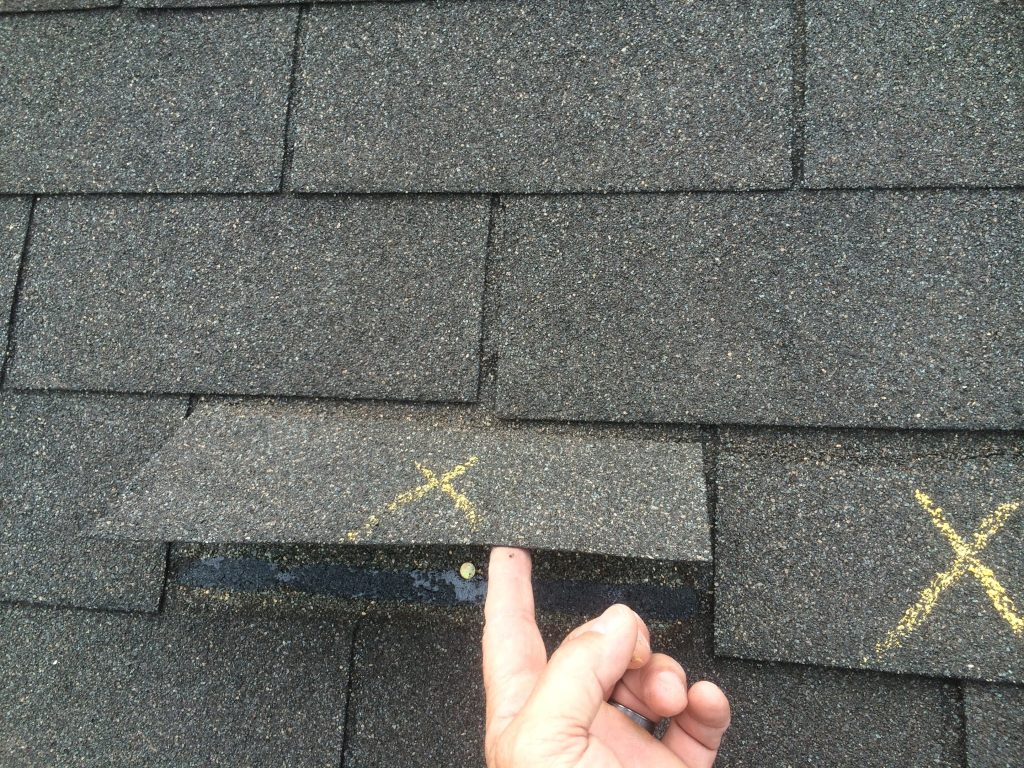
2. Keep Your Gutters Clean
Gutters play a pivotal role in directing rainwater away from your roof and foundation. When they’re clogged with debris like leaves and sticks, water can accumulate and seep under your roofing material, causing leaks. Make sure to clean your gutters and downspouts regularly, especially in the fall when leaves are abundant.
3. Trim Overhanging Branches
Overhanging branches can pose a risk to your roof, especially during storms. Strong winds can cause branches to scrape against and damage your roof’s surface, potentially leading to leaks. Trim back any branches that are too close to your roof to prevent this from happening.
4. Check for Proper Attic Ventilation
Attic ventilation is crucial for maintaining a healthy roof. Without proper ventilation, moisture can accumulate in the attic and cause mold growth, which can compromise the integrity of your roof. Ensure that your attic has adequate ventilation, including vents at the eaves and near the roof’s peak, to promote airflow and prevent moisture buildup.
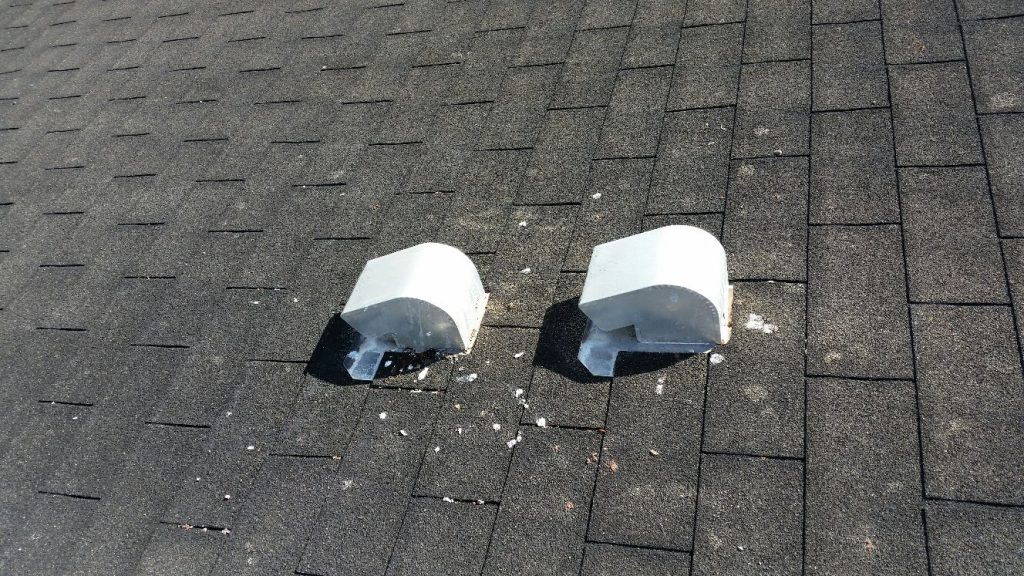
5. Address Flashing Issues
Flashing is the material used to seal roof transitions, such as where the roof meets a chimney or a wall. Over time, flashing can deteriorate or come loose, creating openings for water to infiltrate. Inspect your flashing regularly and replace it if you notice any damage or gaps.
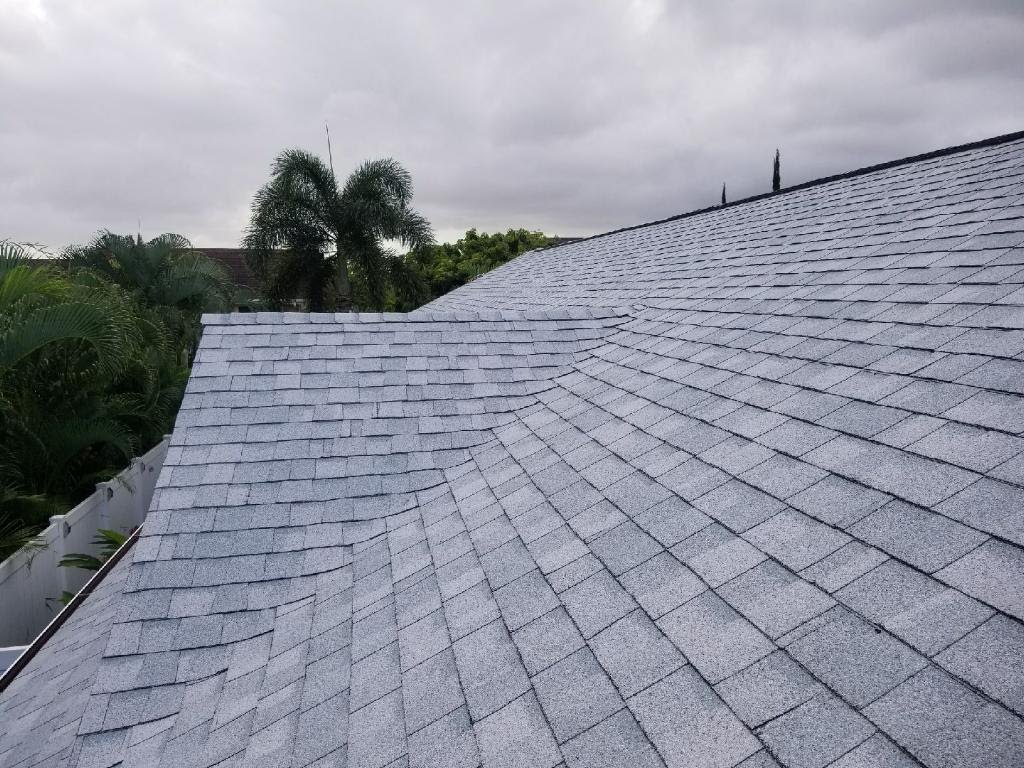
6. Choose High-Quality Roofing Materials
Investing in high-quality roofing materials may cost more upfront but can pay off in the long run. Cheap or low-quality materials are more prone to damage and deterioration, leading to leaks. Consult with a professional roofer to choose the best roofing material for your climate and budget.
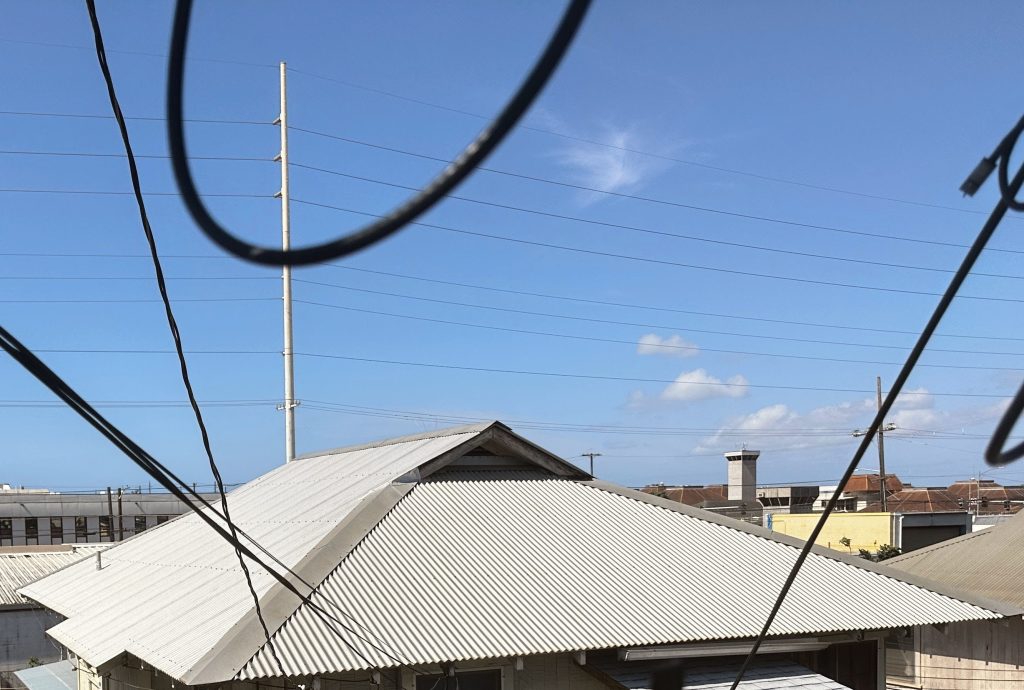
7. Seal Roof Penetrations
Roof penetrations, such as vents, chimneys, and skylights, are common areas for leaks to occur. Ensure that these areas are properly sealed and that the seals are regularly inspected and maintained. Consider using roofing cement or silicone caulk to seal any gaps or cracks.
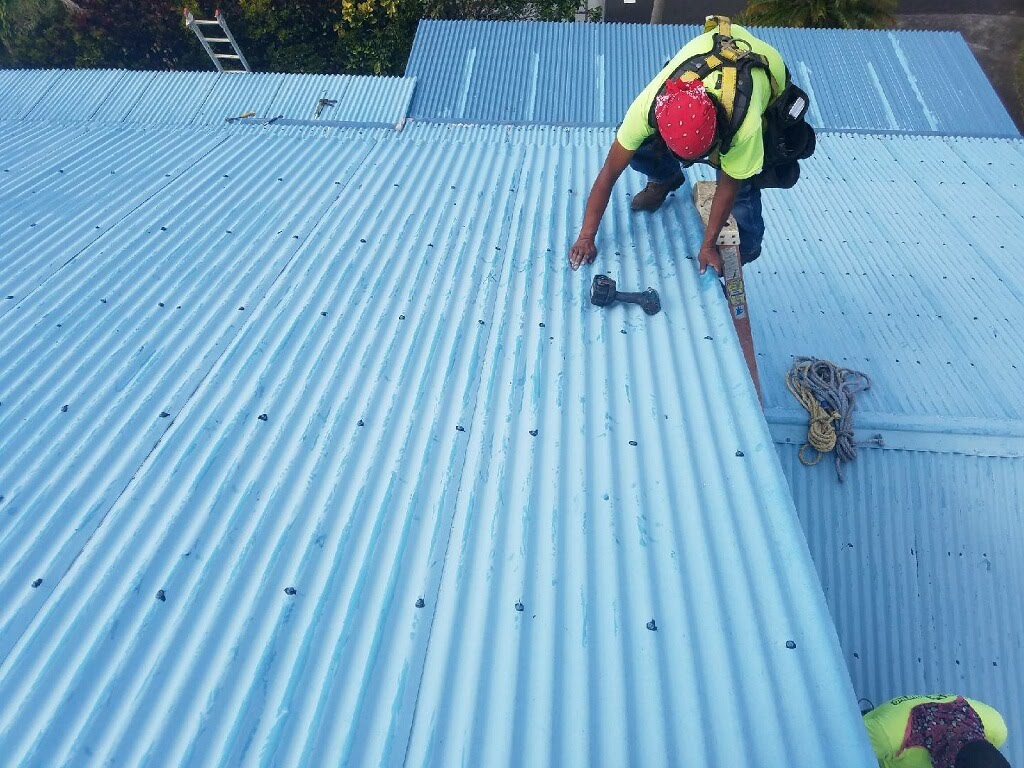
8. Insulate Your Attic
A well-insulated attic not only improves energy efficiency but also helps prevent roof leaks. Insulation helps regulate temperature and moisture levels in the attic, reducing the risk of condensation and mold growth. Proper insulation can also prevent ice dams in cold climates.
9. Mind the Age of Your Roof
Roofs have a finite lifespan, and as they age, they become more susceptible to leaks. If your roof is nearing the end of its expected lifespan, consider proactively replacing it to avoid costly leaks and repairs down the road.
10. Act Quickly When You Detect a Leak
Despite your best efforts, leaks can still occur. If you notice water stains on your ceiling, peeling paint, or other signs of a leak, don’t delay in addressing it. The longer you wait, the more extensive the damage can become. Call a professional roofer to assess and repair the leak promptly.
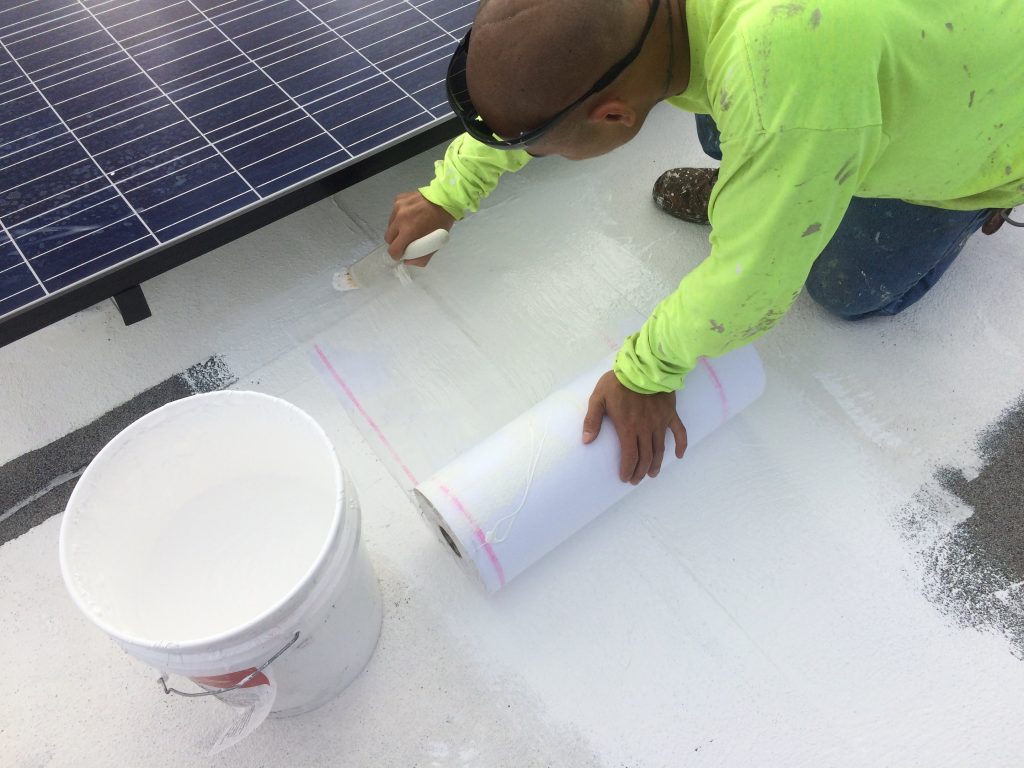
Preventing roof leaks is essential for the health and longevity of your home. With regular maintenance, proper ventilation, and proactive measures, you can keep your roof watertight and protect your investment. Remember that when it comes to roof maintenance and repairs, it’s often best to consult with a professional roofing contractor. They have the expertise and experience to ensure that your roof remains in top condition, providing you with peace of mind and a dry, comfortable home for years to come.
